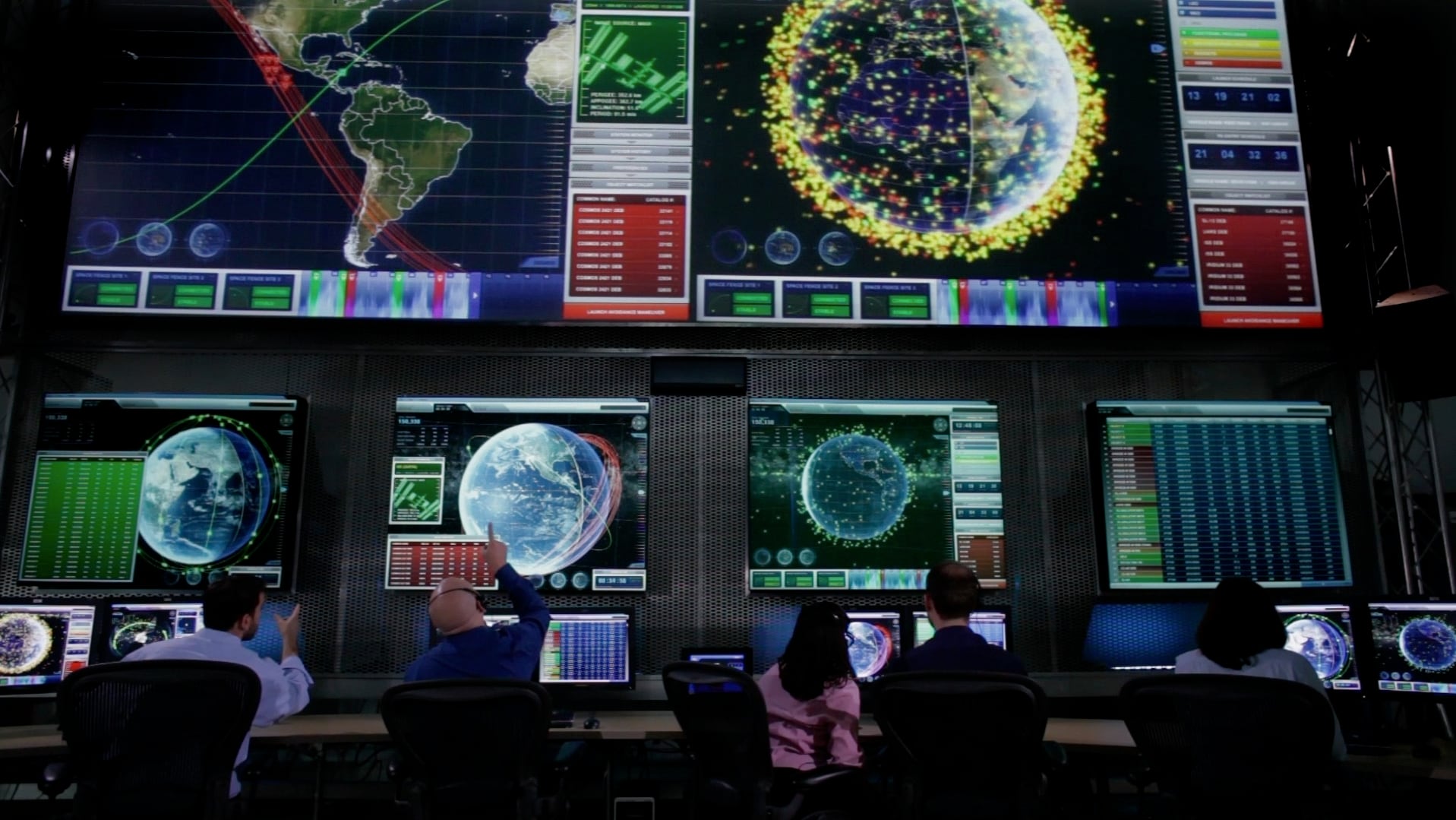The Air Force could declare initial operational capability for its newest and most advanced radar used to track objects in space later this month, according to a report from the Department of Defense’s chief weapons tester.
The report from the Pentagon’s Director of Operational Test and Evaluation, which was released to Congress Jan. 30, claims the Air Force could declare Space Fence’s initial operational capability in February. That follows an announcement from the Air Force’s Space and Missile Systems Center Dec. 10 that the system was entering a trial period, signaling it was inching closer to being officially accepted for regular military use.
Operated by the Combined Space Operation Center, Space Fence is meant to provide space situational awareness by detecting and tracking objects in space, then feeding that data into the Air Force’s Space Surveillance Network. While the system is primarily designed to detect objects in low earth orbit, it is expected to track objects in Medium Earth Orbit and Geosynchronous Orbit as well.
By using solid-state S-band radar technology, the Lockheed Martin-built system will be able to track objects smaller than 10 centimeters, although the extent of the system’s ability is not yet clear. Experts warn that debris smaller than one centimeter can still cause damage to active satellites due to their high speeds.
Based on testing, Space Fence has already detected previously unobserved or untracked objects. The report predicts that once Space Fence is fully up and running, it will significantly expand the number of known objects in orbit.
The new radar isn’t perfect, however. Because Space Fence consists of one radar in one location—the Kwajalein Atoll in the Marshall Islands—it is physically incapable of continuously tracking the smaller objects that it alone can detect.
The report further notes that while Space Fence meets accuracy requirements for objects in LEO, it has not demonstrated similar accuracy for some objects in higher orbits, including MEO and GEO.
The system has also had user-related issues, some of which have been addressed. The new system originally was not correctly planning, scheduling and conducting tasks, requiring more work on the user end for the system to work. Software patches have largely addressed that problem, according to the report.
DOT&E expects to release a further report on Space Fence’s operational effectiveness, suitability and survivability in early 2020.
Nathan Strout covers space, unmanned and intelligence systems for C4ISRNET.








